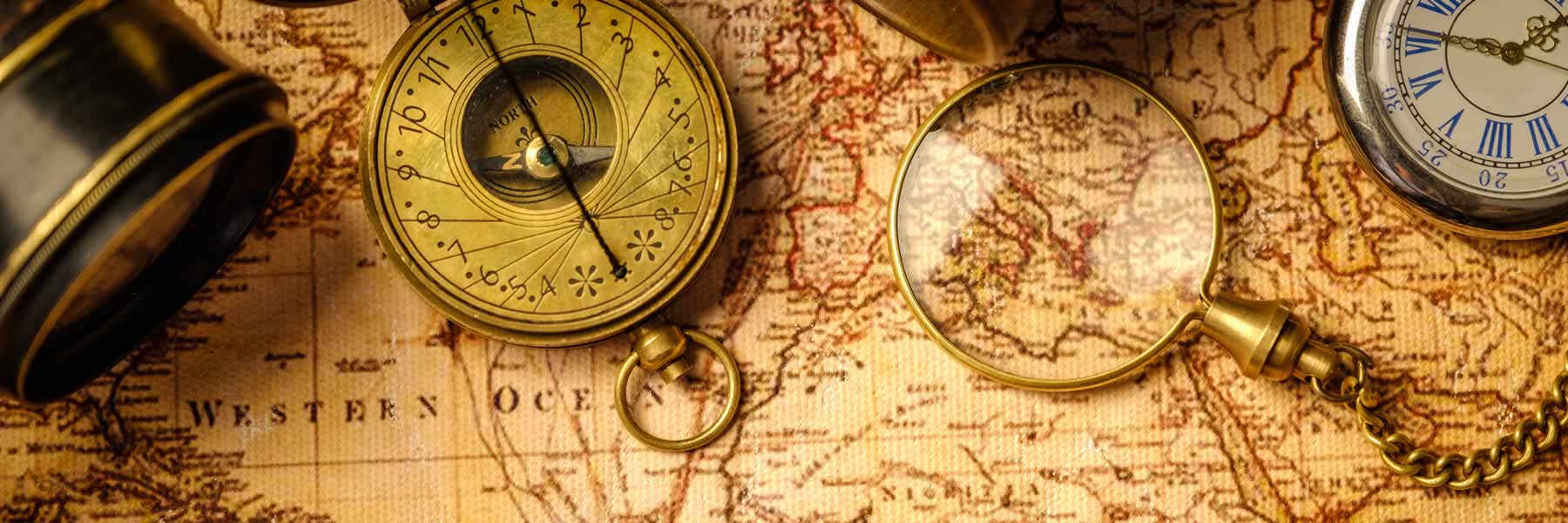Coming Soon
Stay tuned for more functionality!Seine-Maritime, France
History of Seine-Maritime, France
Seine-Maritime is a department located in the Normandy region of northern France. Its history is intertwined with the broader historical timeline of Normandy and France. The region has a rich and diverse past that stretches back to ancient times.
The area of Seine-Maritime was inhabited by Celtic tribes as early as the Iron Age. The region came under the control of the Roman Empire in the 1st century BC, and Roman settlements flourished along the Seine River, including the important port city of Rouen. During this time, Rouen became an important economic and cultural center.
In the 9th century, the Vikings, led by the infamous Viking chieftain Rollo, invaded the region and established the Duchy of Normandy. Under Viking rule, the region experienced significant cultural and social changes. Rouen grew into a major medieval city and a crucial center for trade and power.
Fast forward to the 15th century, and Seine-Maritime played a pivotal role in the Hundred Years' War between France and England. The region witnessed several significant battles, including the Battle of Formigny in 1450, where French forces, led by Charles VII, achieved a decisive victory over the English.
Following the end of the Hundred Years' War, Seine-Maritime continued to prosper as a vital trading hub. The region was renowned for its textile industry, particularly in Rouen, which was one of the most prosperous cities in France. Moreover, the area became a center of the maritime industry, with Le Havre becoming an important trading port.
Seine-Maritime also had a significant role in World War II. During the Allied invasion of Normandy in 1944, the region was a key target for liberating France from German occupation. It witnessed several important battles, including the Battle of Normandy and the capture of Le Havre by British and Canadian forces.
Today, Seine-Maritime remains an essential part of France's industrial and cultural landscape. It is renowned for its architectural heritage, with landmarks such as Rouen Cathedral and the Abbey of Saint-Wandrille. The region's natural beauty, including the striking cliffs of Étretat and the tranquil Seine River, also attracts numerous visitors. Seine-Maritime's history is a testament to its resilience and significance throughout the ages.
Seine-Maritime, France, Current Day
Located in the northwestern part of France, Seine-Maritime is a department that offers a blend of historical charm, natural beauty, and modern living. The area is renowned for its stunning coastline along the English Channel, charming towns, and vibrant cultural scene. Today, life in Seine-Maritime revolves around a mix of traditional and modern aspects, providing its residents with a high quality of life.
One of the significant aspects of life in Seine-Maritime is its rich historical heritage. The department is home to the iconic city of Rouen, which was once the capital of the Duchy of Normandy. Rouen boasts an array of architectural gems, including the famous Rouen Cathedral, which has inspired many artists such as Claude Monet. Additionally, the medieval quarter of Rouen, known as the Old Town, is full of picturesque cobblestone streets, half-timbered houses, and charming squares, preserving the essence of the region's history.
Seine-Maritime also offers an excellent quality of life thanks to its natural beauty and recreational opportunities. With its stunning cliffs, sandy beaches, and charming seaside towns like Étretat and Le Havre, residents can enjoy a wide range of outdoor activities such as swimming, sailing, and fishing. The region's diverse landscapes also provide opportunities for hiking and exploring the beautiful countryside, including the famous Brotonne Forest and the Caux region.
Moreover, the department embraces modernity, providing a comfortable and contemporary lifestyle for its inhabitants. Seine-Maritime is equipped with modern infrastructure, including efficient transportation systems, well-developed educational institutions, and advanced healthcare facilities. The bustling city of Le Havre, a major port and industrial hub, offers numerous employment opportunities in various sectors, attracting both locals and newcomers to the area.
Overall, life in current-day Seine-Maritime is a harmonious blend of history, culture, and nature, combined with modern amenities. It presents its residents with the chance to immerse themselves in a rich historical context, while also enjoying the diverse landscapes, coastal charm, and vibrant urban lifestyle that the region has to offer. Whether strolling through the historic streets of Rouen, exploring the breathtaking cliffs of Étretat, or benefiting from the conveniences of a well-functioning modern society, Seine-Maritime is a place where tradition and progress find a perfect balance.
Things to do in Seine-Maritime, France
1. Visit the stunning cliffs of Étretat and enjoy panoramic views of the English Channel.
2. Explore the charming harbor town of Honfleur, famous for its picturesque streets and historic buildings.
3. Discover the medieval city of Rouen, with its impressive Gothic Notre-Dame Cathedral and the "Gros Horloge" clock tower.
4. Take a walk along the promenade in Dieppe, known for its art galleries, seafood restaurants, and vibrant weekly market.
5. Visit the beautiful Jardin des Plantes in Rouen, a serene park with botanical gardens, sculptures, and a small zoo.
6. Explore the historically significant Vieux Marché (Old Market Square) in Rouen, where Joan of Arc was famously condemned.
7. Discover the quaint coastal town of Fécamp, home to the magnificent Palais Bénédictine and its prestigious liqueur distillery.
8. Take a boat tour along the Seine River to admire the stunning landscapes of the Seine Valley, including noteworthy bridges and charming villages.
9. Visit the Abbeys Trail, which leads you to picturesque abbeys and monasteries scattered throughout the region.
10. Taste the local culinary delights, such as the delicious seafood dishes, creamy Camembert cheese, and refreshing Normandy cider.

